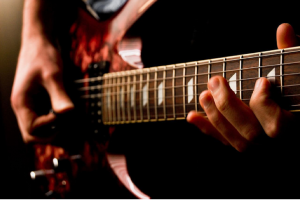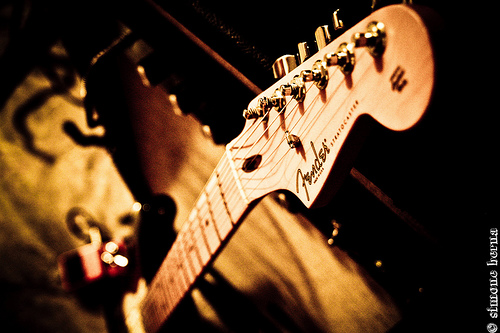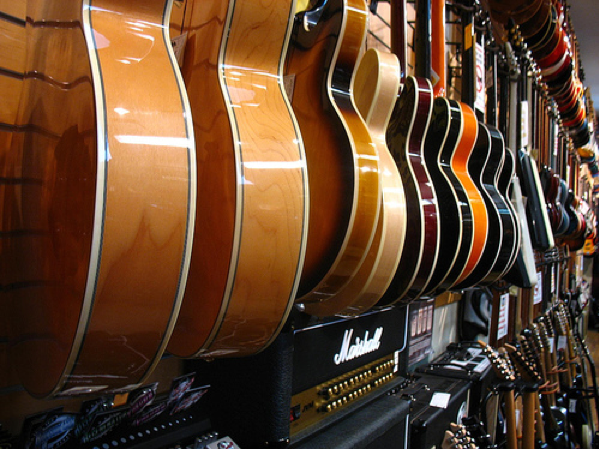Part I
If I have to name two things that took my guitar playing to the next level it would be music theory and memorizing the fingerboard.
It made me understand the big picture.
Combining music theory (understanding scales, modes, chord structure, improvising over chord progressions, etc, etc.) and knowing all the notes on the fingerboard will open up a whole new world.
Guitar playing becomes more fun when you know what, when en where to play it on the fingerboard.
Part II
When you want to know where to play any type of chord shape instantly it’s pretty helpful if know the notes. For example: An F major Barre chord shape (133211) can be played on any fret. Every time the chord shape goes up a half step (1 fret) the name of the chord changes.
To know the name of the chord you need to know all the notes on the low E-string. For Example: The note on the 7th fret low E-string is a B note, so your chord shape becomes a B major. The only way to see this right away is to memorize the notes.Continue Reading

 Besides writing and playing songs I just love improvising.
Besides writing and playing songs I just love improvising. It took years for me to find out what guitar really suited my taste. It’s a process that you go through. Your taste changes as you grow.
It took years for me to find out what guitar really suited my taste. It’s a process that you go through. Your taste changes as you grow.